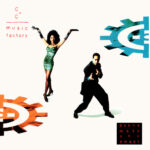What exactly defines a “dance song”? It’s a valid question. Broadly speaking, any piece of music that inspires movement in someone could be considered a dance song. From The Beatles to Slayer, countless artists across genres have created music that gets people moving. Hip-hop and reggae, in their near entirety, are inherently danceable genres. However, when curating a list of the 200 Greatest Dance Songs of All Time, we focused on songs deeply embedded within “dance music culture.” This is a more specific yet vast realm, spanning nearly five decades and constantly evolving, from its origins to the sounds of today and the future.
Our exploration of dance music, after acknowledging James Brown as a foundational figure, begins in the mid-1970s with the rise of disco. It then transitions into early 1980s club sounds like electro and Latin freestyle. Dance music experienced a resurgence when disco was reimagined as house music in Chicago and techno in Detroit. This rebirth led to an explosive diversification in the 1990s rave scene, birthing genres from jungle to trance, gabba, and garage, ultimately paving the way for the EDM and dubstep phenomena of the 2000s. While these genres have had their moments in the spotlight, they remain vibrant: drum ‘n’ bass is currently experiencing a revival, and contemporary house tracks continue to emerge.
This list is not intended to capture every nuance within this vast ocean of subgenres. We aimed to highlight tracks that possess a timeless and universally appealing quality. We paid particular attention to moments where dance music intersected with broader musical landscapes – incorporating elements of synth-pop, hip-hop, funk, Miami bass, R&B, indie-rock, Latin music, and pop. This is why you’ll find artists like Prince, Robyn, Britney Spears, and Shakira alongside pioneers like Adonis, Frankie Knuckles, Moodymann, Goldie, and SOPHIE.
If you’re curious about the journey that led to a summer where artists like Drake and Beyoncé are releasing house-infused records, this list tells that story – or at least, our interpretation of it.
Video Editor, Brian Lynch for Rolling Stone
Visual Credits (in order of appearance): Kylie Minogue – Can’t Get You Out of My Head, Crystal Waters – Gypsy Woman, Beyonce – Blow, Corona – The Rhythm of the Night, Madonna – Sorry, Britney – Till the World Ends, Madonna – Vogue, Daft Punk – Get Lucky, Robyn – Dancing on my Own, Joey Beltram – Energy Flash, Azealia Banks – 212, Rihanna & Calvin Harris – We Found Love, DJ Snake & Lil Jon – Turn Down for What, Sylvester – You Make Me Feel, Piri – Soft Spot, Chic – Le Freak, Dee-Lite – Groove is in the Heart, Donna Summer – I Feel Love, Prince – When Doves Cry, Erik B & Rakim – Paid in Full, First Choice – Let No Man Asunder, Michael Jackson – Don’t Stop ’Til you get Enough, A Guy Called Gerald – Voodoo Ray, Grace Jones – Bumper, Marshall – Move Your Body, Internet sensation kid 1997 in Berlin, Whitney Houston – It’s Not Right. Licensed Tracks/SFX (in order): Biodynamic modulated stutter riser, Dance like crazy – Ikoliks, Our Vibe – Superlative, Dance Out There – Alejandro Molinari, Pineapple Disco – Audiopanther, Bring It – Naems, Blurry Stars – Nbdy Nprtnt, Dark Future – Skygaze, Taika Promo (Rolling Stone VO). Song Samples (in order): Erik B & Rakim – Paid in Full, Dee-Lite – Groove is in the Heart, Madonna – Vogue, Azealia Banks – 212, Sylvester – You Make Me Feel, Michael Jackson – Don’t Stop ’Til you get Enough, Marshall Jefferson – Move Your Body, DJ Snake ft. Lil Jon – Turn Down for What, Dee-Lite – Groove is in the Heart, Whitney Houston – It’s Not Right
Donna Summer, ‘Last Dance’ (1979)
Image Credit: Redferns
The film Thank God It’s Friday might be seen as an extended advertisement for Casablanca Records, a major disco label, signaling a potential overreach for both the label and the genre. However, “Last Dance” rightfully earned its Oscar for Best Original Song. It begins at a pace slower than “Three Times a Lady,” before evolving into a captivating disco track. Credit goes to Casablanca’s producer Bob Esty, who conceived the song’s transformative tempo shift. —M.M.
Fatboy Slim, ‘The Rockafeller Skank’ (1998)
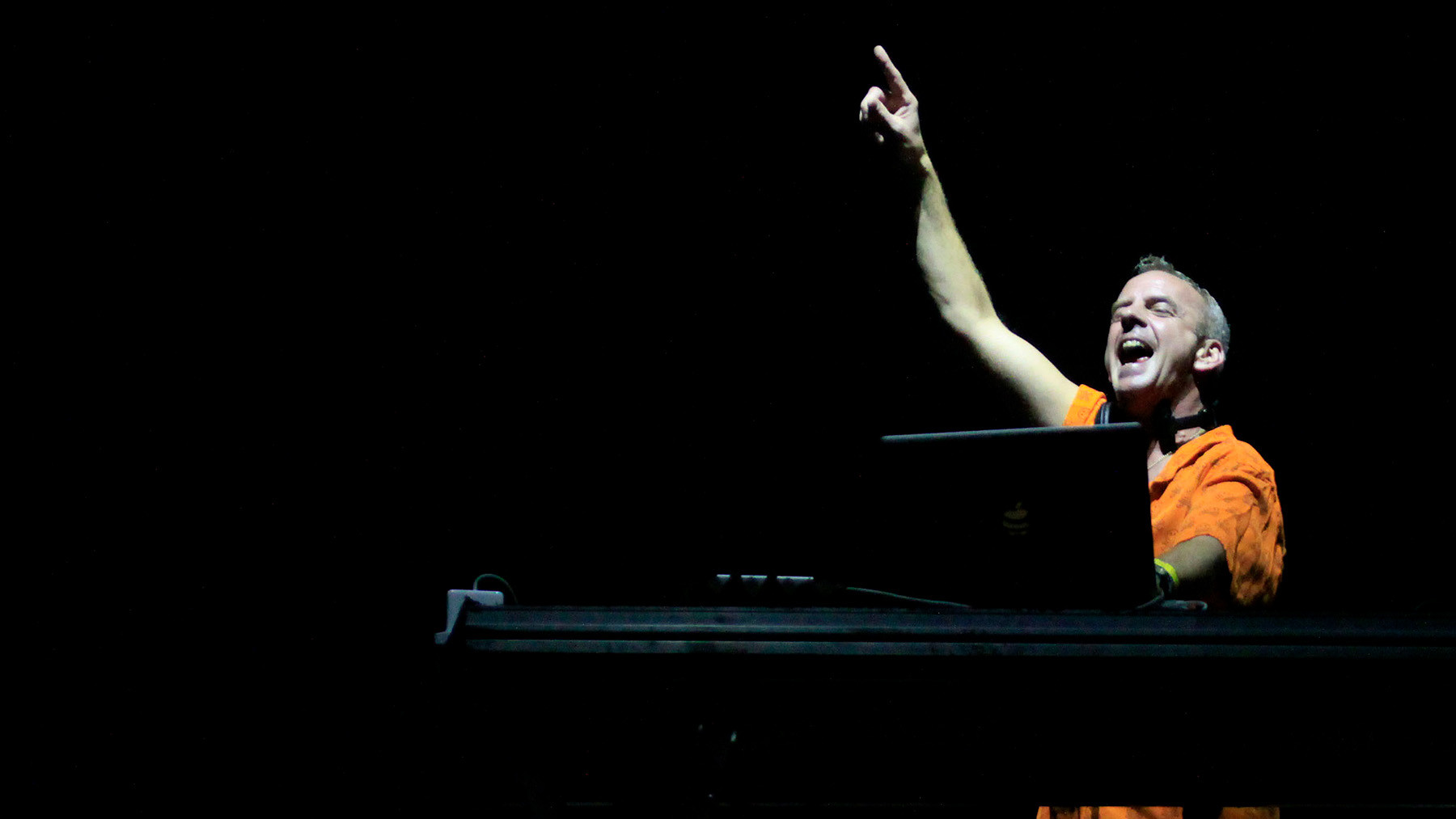 British DJ Fatboy Slim performing a concert at the Pop Music Festival in Porto Alegre, Brazil (2011)
British DJ Fatboy Slim performing a concert at the Pop Music Festival in Porto Alegre, Brazil (2011)
Image Credit: AP
Producer-DJ Norman Cook, known as Fatboy Slim, humorously noted about his hit, “The Rockafeller Skank,” “The first time it ever got played was at the Boutique in Brighton. I put it on and everybody just looked up, mouthing, ‘This is you, isn’t it?’” His signature formula of breakbeats and guitar riffs was at its peak. “Skank,” with its surf-rock guitar and Lord Finesse sample (“Right about now, the funk soul brother/Check it out now, the funk soul brother”), quickly became ubiquitous. Cook joked about “Frat-Boy Slim,” suggesting “Rockafeller Skank” became an anthem for a beer-loving, party-oriented mentality. —M.M.
Mescalinum United, ‘We Have Arrived’ (1991)
Techno’s equivalent to heavy metal is “gabber,” a Dutch word for “buddy,” and the Netherlands is the genre’s stronghold. Marc Acardipane, with around 90 aliases, is gabber’s leading figure. His initial impact, “We Have Arrived,” credited to Mescalinum United, remains powerful. Built on heavy drums and piercing air-raid sounds, it set the foundation for gabber. At Brooklyn raves, where Lenny Dee played it – his label released it in America – crowds would enthusiastically mosh to this track. —M.M.
Oliver Heldens, ‘Melody’ (2016)
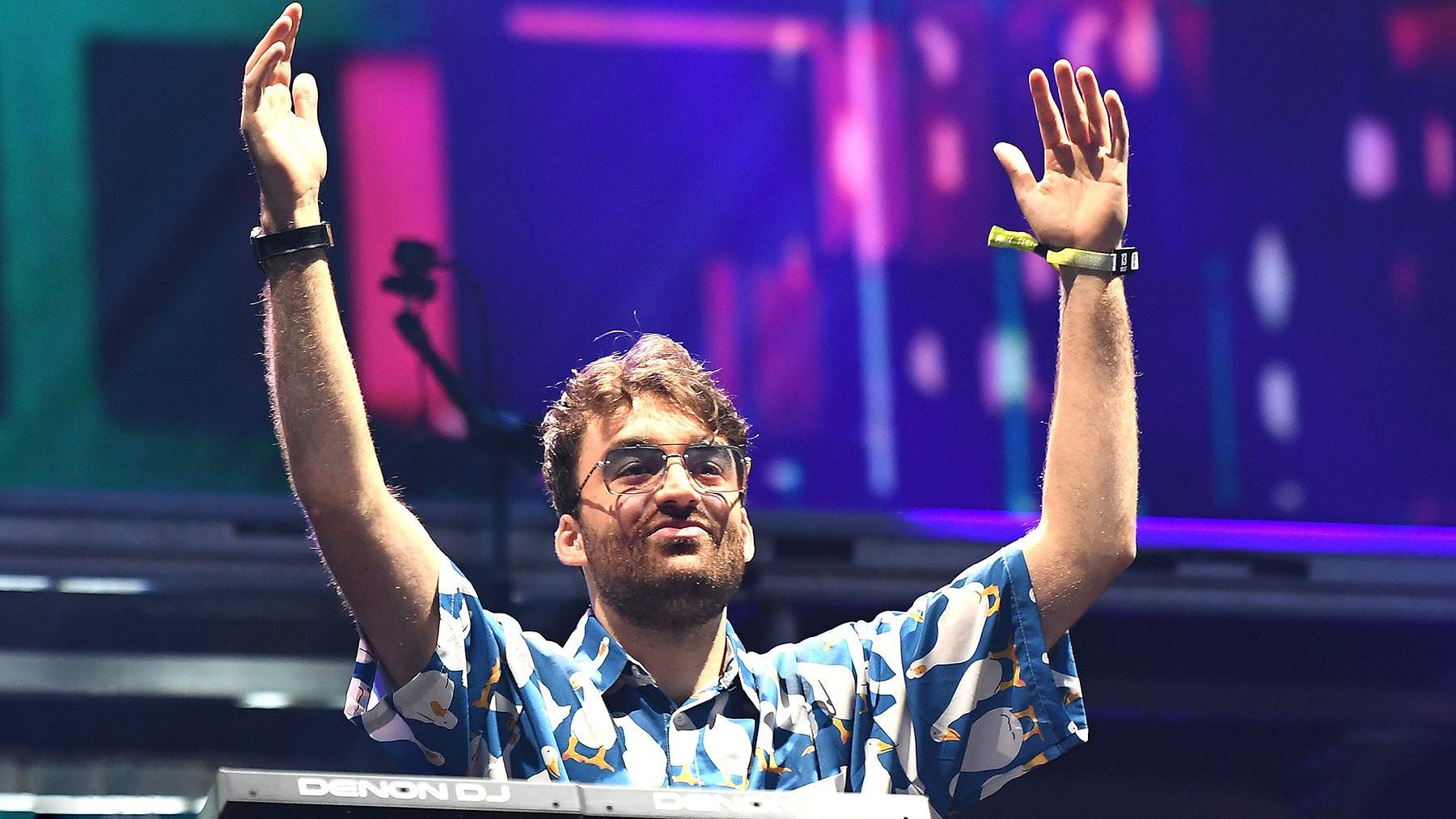 Dutch DJ and producer Oliver Heldens performing at a music festival
Dutch DJ and producer Oliver Heldens performing at a music festival
By the mid-2010s, even DJs headlining major festivals were tiring of predictable build-and-drop patterns in dance music. Oliver Heldens’ “Melody” signaled a shift. Released when he was just 18, this track showcased dramatic string arrangements and an uplifting piano melody, embodying a lighter, more classic dance music feel, while still retaining a strong bassline. —M.M.
Kerri Chandler, ‘Rain’ (1998)
Kerri Chandler, a New Jersey house producer known for his soulful tracks, is highly influential among younger producers and DJs. In 2014, Chandler stated, “I never considered myself a singer. I feel I’m more of a vocalist. I write my life’s story and let it out through the music.” Perhaps “monologist” is a better term. Chandler’s emotional plea in “Rain,” with each line emphasized by the repeated title (“Never knew you could be this way — rain”), borders on melancholy, yet the music, especially the xylophone solo, is more playful than somber. —M.M.
Detroit Grand Pubahs, ‘Sandwiches’ (2000)
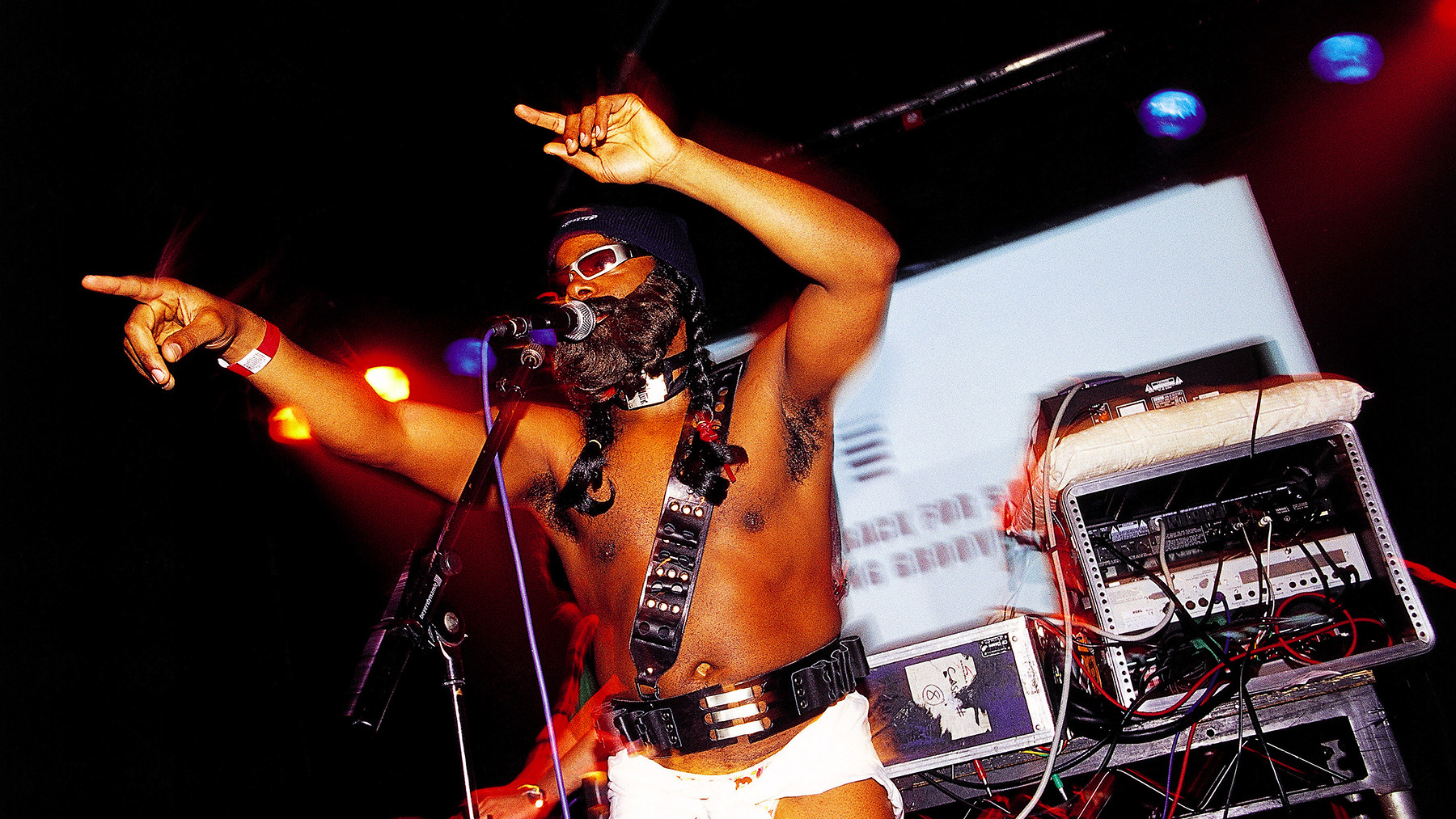 Paris the Black Fu of Detroit Grand Pubahs performing live in London (2002)
Paris the Black Fu of Detroit Grand Pubahs performing live in London (2002)
Image Credit: Jim Dyson/Getty Images
Andy Toth and Mack Goudy—a.k.a. Dr. Toefinger Paris the Black Fu—met while working at a Michigan restaurant. Toth recalled, “We both liked whiskey and working on music.” One night, Toth created a vibrant electro track, and Paris asked him to turn on the microphone. “I said ‘What you got?’ He said, ‘Don’t worry about it. Just turn the mic on.’” Within minutes, Paris improvised suggestive lyrics about a dance-floor encounter. This spontaneous creation became a defining moment of Detroit’s early 2000s electro scene and an instant international club hit. —M.M.
Black Box, ‘Everybody Everybody’ (1990)
Sometimes, exceptional music emerges from questionable circumstances. “Everybody Everybody” is one such example. Martha Wash of the Weather Girls was hired in 1989 to record demos for Italian house producers Groove Groove Melody. She was told these were for other singers. However, the tracks were released under the name Black Box with her uncredited vocals. To worsen matters, a model was hired to lip-sync Wash’s vocals in music videos. Wash took legal action and won. (She also sued C+C Music Factory for a similar incident.) Daniele Davoli of Black Box later expressed regret: “We didn’t know any better at the time. I guess we had to learn from our mistakes,” he admitted in 2013. —M.M.
Big Freedia, ‘Azz Everywhere’ (2010)
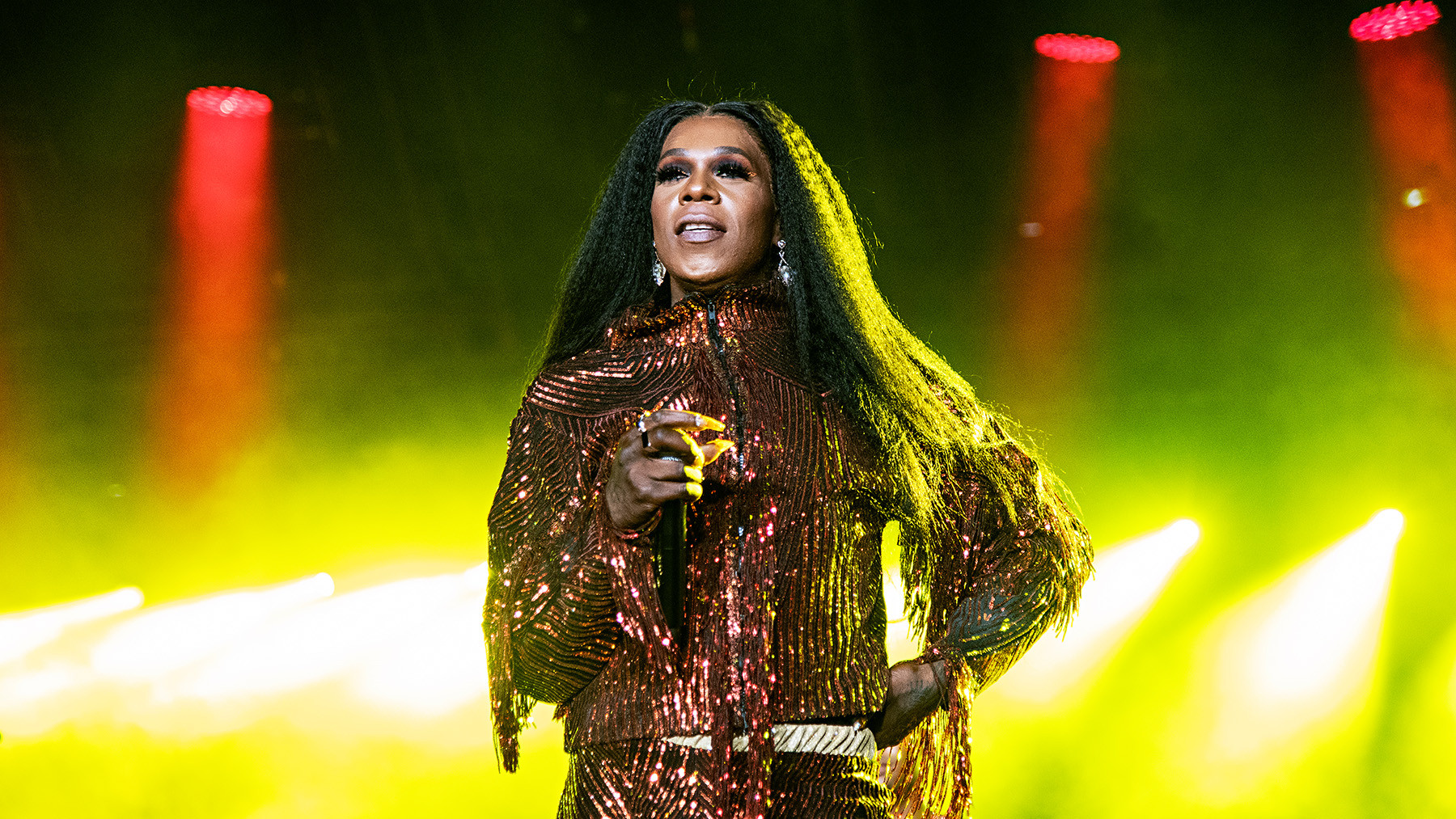 Big Freedia performing at the Essence Festival in New Orleans (2019)
Big Freedia performing at the Essence Festival in New Orleans (2019)
Image Credit: Amy Harris/Invision/AP
Big Freedia described New Orleans bounce music in 2011: “I’ve run across half the globe now, spreading the goodness of bounce and trying to get people everywhere onto what’s been around for two decades,” referring to the fast-paced, energetic New Orleans club sound that inspired twerking. “Azz Everywhere” became the breakout track for this genre, a whirlwind of snares, samples, and the repeated phrase in the title. Big Freedia added, “We hold classes on the road sometimes at performing venues and different colleges to teach about the history of bounce music. We describe it as an uptempo, heavy bass, holler-response music. And it definitely has a lot to do with azz shaking!” —M.M.
Joy Orbison, ‘Hyph Mngo’ (2009)
In the late 2000s, dubstep producers were pushing boundaries, leading to a wave of innovative tracks. Joy Orbison’s debut, “Hyph Mngo,” the biggest dubstep track of 2009, captured this peak moment. The bassline and synths create a smooth, gliding effect, while the ricocheting snare drum and fragmented vocal samples—a woman’s voice alternating between “Ooh!” and “I do”—added an emotional depth uncommon in dubstep, propelling it into mainstream recognition. —M.M.
ESG, ‘Moody’ (1981)
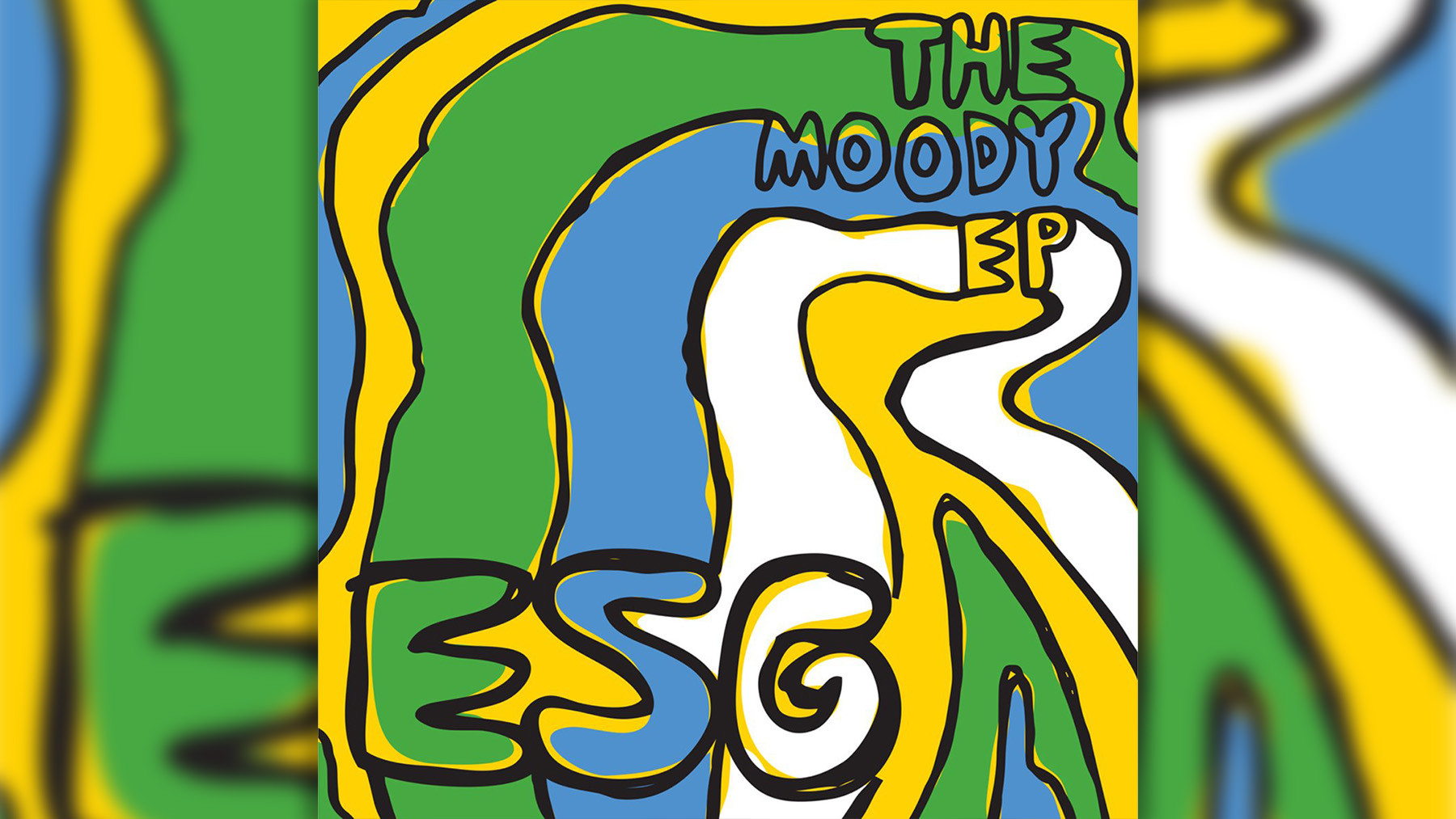 ESG performing live on stage, highlighting their influence on dance music
ESG performing live on stage, highlighting their influence on dance music
The Scroggins sisters from the South Bronx profoundly influenced New York dance music with their band ESG in the late 1970s. While their rhythms drew from funk and disco, their minimalist sound and percussive focus resonated with post-punk and no-wave scenes. This was especially true after they collaborated with Joy Division producer Martin Hannett for their debut EP. “Moody,” the EP’s centerpiece, remains futuristic—a subtle bassline, bongo rhythms, and Renee Scroggins’ distant vocals echoing through the track. —C.S.
La Roux, ‘In for the Kill (Skream’s Let’s Get Ravey Remix)’ (2009)
Image Credit: Jim Ross/Invision/AP
Artists sometimes have mixed feelings about remixes of their work. However, La Roux’s Elly Jackson praised Skream for his remix of her synth-pop single “In for the Kill.” She stated that Skream not only captured the essence of the original but also “regave birth to the real meaning and atmosphere of the song as we wrote it.” Skream’s remix strips away the original’s upbeat tempo (and Kanye West’s guest rap), creating intense atmosphere with flattened synths, then breaks the tension with fast drum-and-bass rhythms. Jackson added, “What he did with the song is what we would have done if we’d been brave enough. We wanted to make a pop record and that just isn’t a pop thing, what he did to it.” —M.M.
Double 99, ‘RIP Groove’ (1997)
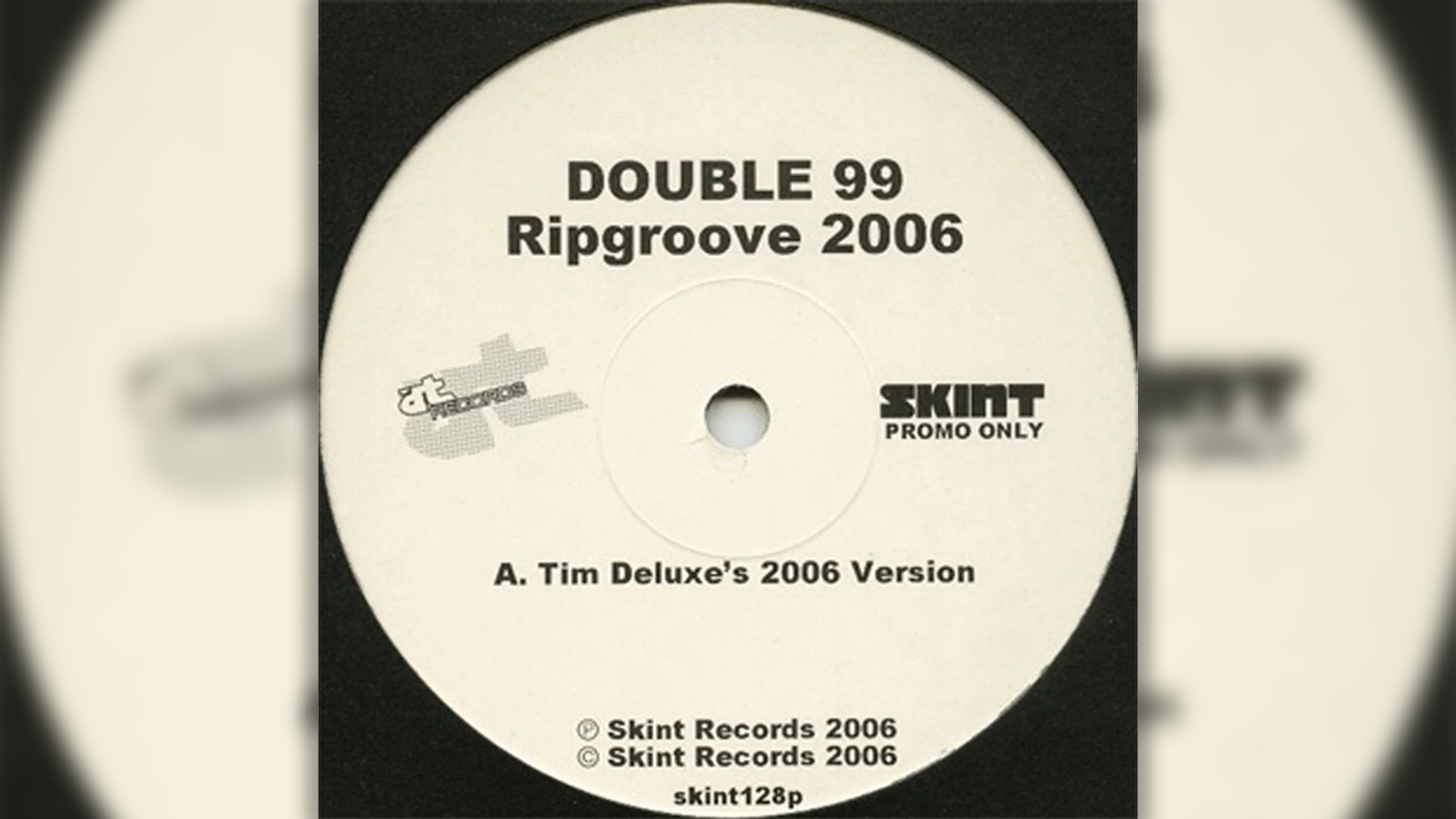 Promotional image of Double 99, producers of the UK garage hit RIP Groove
Promotional image of Double 99, producers of the UK garage hit RIP Groove
After working as RIP in the mid-1990s, London producers Tim Deluxe and DJ Omar rebranded as Double 99 to commemorate “a double-pack vinyl EP,” according to Omar. Due to time constraints, Omar explained, “we decided to make up track names and get the artwork done before the tracks had actually been made.” “RIP Groove,” named in tribute to their earlier name, cleverly samples Armand Van Helden’s remix of CJ Bolland’s “Sugar Is Sweeter,” alongside Kenny Dope and Tina Moore samples. Created in just three hours, it became a massive hit in 1997, propelling UK garage (then known as “speed garage”) into the pop mainstream and introducing a fresh sound. —M.M.
Snap!, ‘The Power’ (1990)
A classic dance music story: German producers sample an American rapper (Chill Rob G from Queen Latifah’s Flavor Unit) and an American R&B vocalist (Jocelyn Brown) to create a club hit. Major label Arista picked it up and rerecorded it with a new vocalist (Turbo B, an American G.I. stationed in Germany). Then, the original rapper, Chill Rob G, rerecorded a version as Power Jam feat. Chill Rob G. Both versions became club hits. “The Power” became a Europop template. Snap!’s Michael Muenzing explained in 1994, “Now you have 50 or 60 groups singing this way—rapping, singing the chorus, and going back to the rap.” —M.M.
DJ Frosty feat. Fatman Scoop, DJ Webstar, Young B. & Smooth, ‘Ride That Wave (Remix)’ (2010)
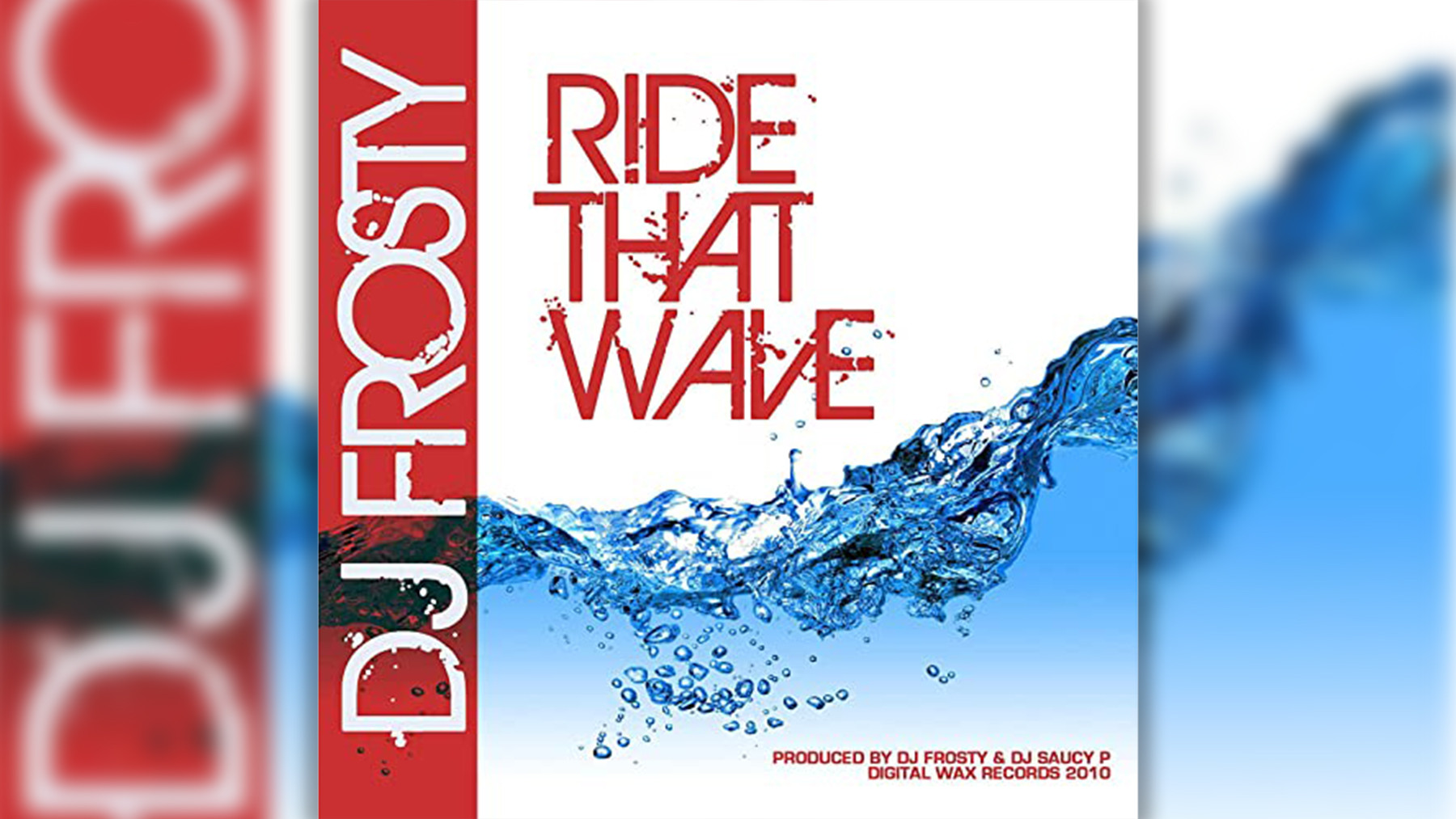 DJ Frosty in a promotional shot, highlighting the Jersey club sound
DJ Frosty in a promotional shot, highlighting the Jersey club sound
Jersey club, originating in Newark, New Jersey (initially called Brick City club), is characterized by sharp, syncopated rhythms, clipped vocal samples, and an energetic yet non-aggressive vibe, reminiscent of hip-house. DJ Frosty’s “Ride That Wave” exemplifies this, a catchy, chant-driven track that emerged as the sound gained global recognition among EDM producers. This trend eventually led Jersey club influences to reach mainstream artists like Drake on Honestly, Nevermind. The remix featured artists like Fatman Scoop, known for his 1990s hip-hop cut-ups on AV8 Records, popular among DJs like Armand Van Helden and Fatboy Slim. —J.D.
Todd Terje, “Inspector Norse” (2012)
Image Credit: Future via Getty Images
Norwegian nu-disco producer Todd Terje created “Inspector Norse” entirely using a vintage ARP synthesizer, as part of his It’s the Arps EP. He didn’t anticipate its widespread appeal. Terje admitted, “I thought it was going to go well with the DJs, as I’d tried it out and it had a danceable beat, but I never thought I’d hear people singing along to the melodies.” However, the track’s infectious melody proved irresistible. “It really helped me as a DJ in terms of popularity,” he acknowledged. —M.M.
The Rapture, ‘House of Jealous Lovers’ (2002)
 The Rapture performing live in New York City in 2002, pioneers of dance-punk
The Rapture performing live in New York City in 2002, pioneers of dance-punk
Image Credit: Redferns
DFA founder James Murphy, co-producer of “House of Jealous Lovers,” told Spin, “Most people now have no memory of how absolutely sacrilegious it was at the time. We wanted to make a rock track that could compete with dance music. We obsessed over it.” The Rapture’s debut single combined edgy Gang of Four-style guitar riffs with a captivating, almost frantic vocal, set against a compelling beat and deep bass. It was designed to be irresistible to dance DJs, and it worked. The song became the defining track of the early 2000s “dance punk” movement. Suddenly, many New York bands sounded like they came from 1979 Manchester or Leeds, and indie bars everywhere installed DJ booths. —J.D.
TNGHT, ‘Higher Ground’ (2012)
Image Credit: Getty Images
Hudson Mohawke described TNGHT’s 2012 EP, a collaboration with Lunice, as “our take on big American rap beats, with a little bit of cheekiness to it.” The five-song EP propelled them into the EDM spotlight, thanks to its energetic, dance-focused trap sound. “Higher Ground,” characterized by a grand, almost regal stomp, is both spacious and intricate. Within a year, Kanye West enlisted TNGHT to produce “Blood on the Leaves” for his album Yeezus. —M.M.
Roni Size and Reprazent, ‘Brown Paper Bag’ (1997)
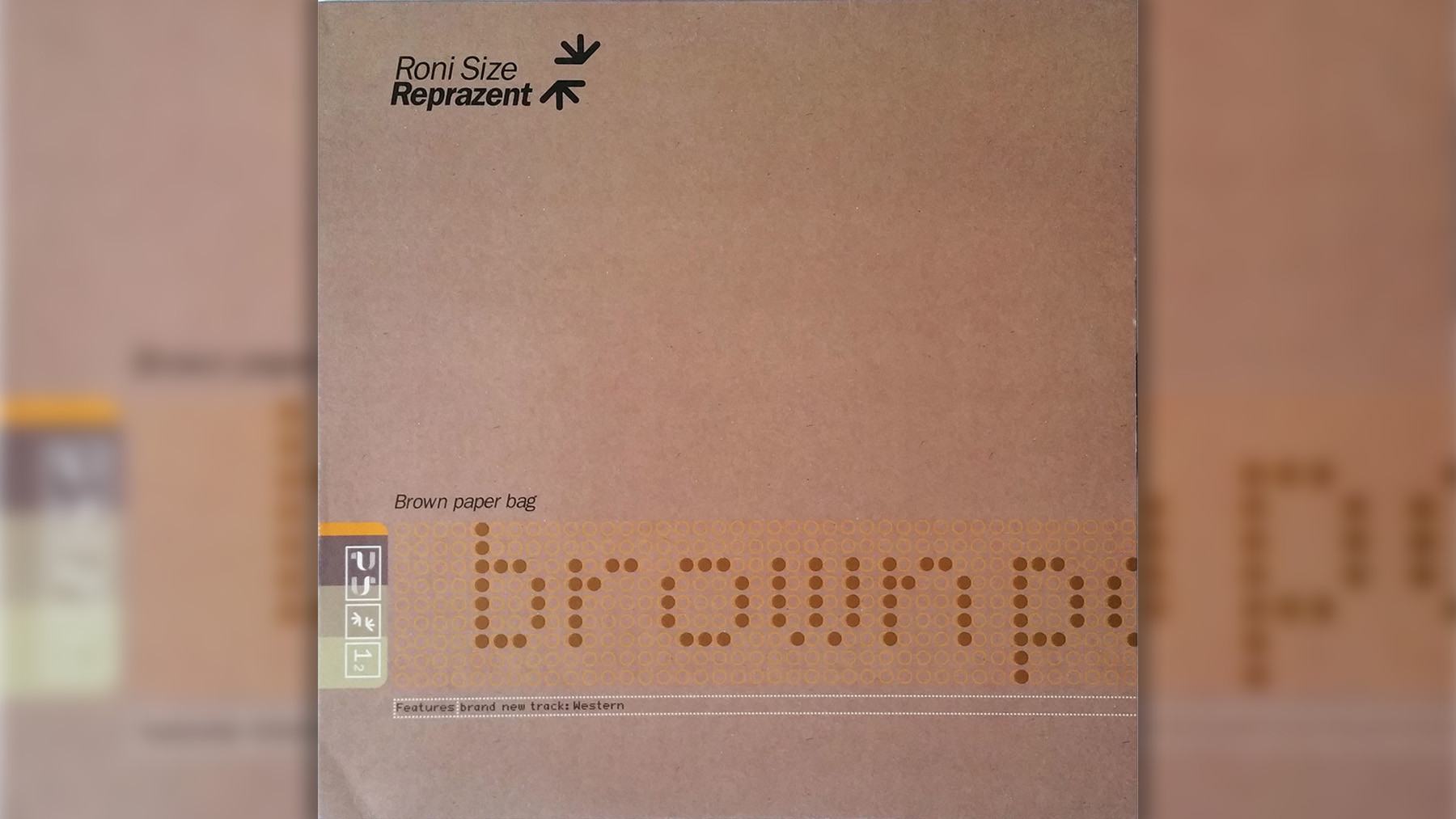 Roni Size Reprazent in a promotional shot for Brown Paper Bag
Roni Size Reprazent in a promotional shot for Brown Paper Bag
In the late 1990s, drum and bass was becoming more segmented and distant from its dancehall and hip-hop roots. Roni Size and Reprazent, from Bristol, England, created drum and bass that was both experimental and grounded, blending fast beats with warm, organic jazz-funk elements. Size noted in a 2018 interview about their biggest hit, “Brown Paper Bag,” from the 1997 album New Forms, “It’s funny how ‘Brown Paper Bag’ split people. They heard the jazz, how it sounded different from everything else, and they saw this other audience that loved it.” —J.D.
Soul II Soul, ‘Back to Life (However Do You Want Me)’ (1989)
Soul II Soul, led by DJ-producer Jazzie B and co-producer Nellee Hooper, started as a London sound system specializing in reggae and soul. When they began recording in the late 1980s, their smooth rhythms seamlessly blended both genres. Initially intended for their own parties, Jazzie B explained, “It was literally for our sound [system] at the beginning. We weren’t really interested in what anybody else was doing.” However, everyone became interested in them. “Back to Life” topped the Billboard R&B chart and reached the Top Five on the Hot 100. —M.M.
Felix da Housecat, ‘Silver Screen Shower Scene’ (2001)
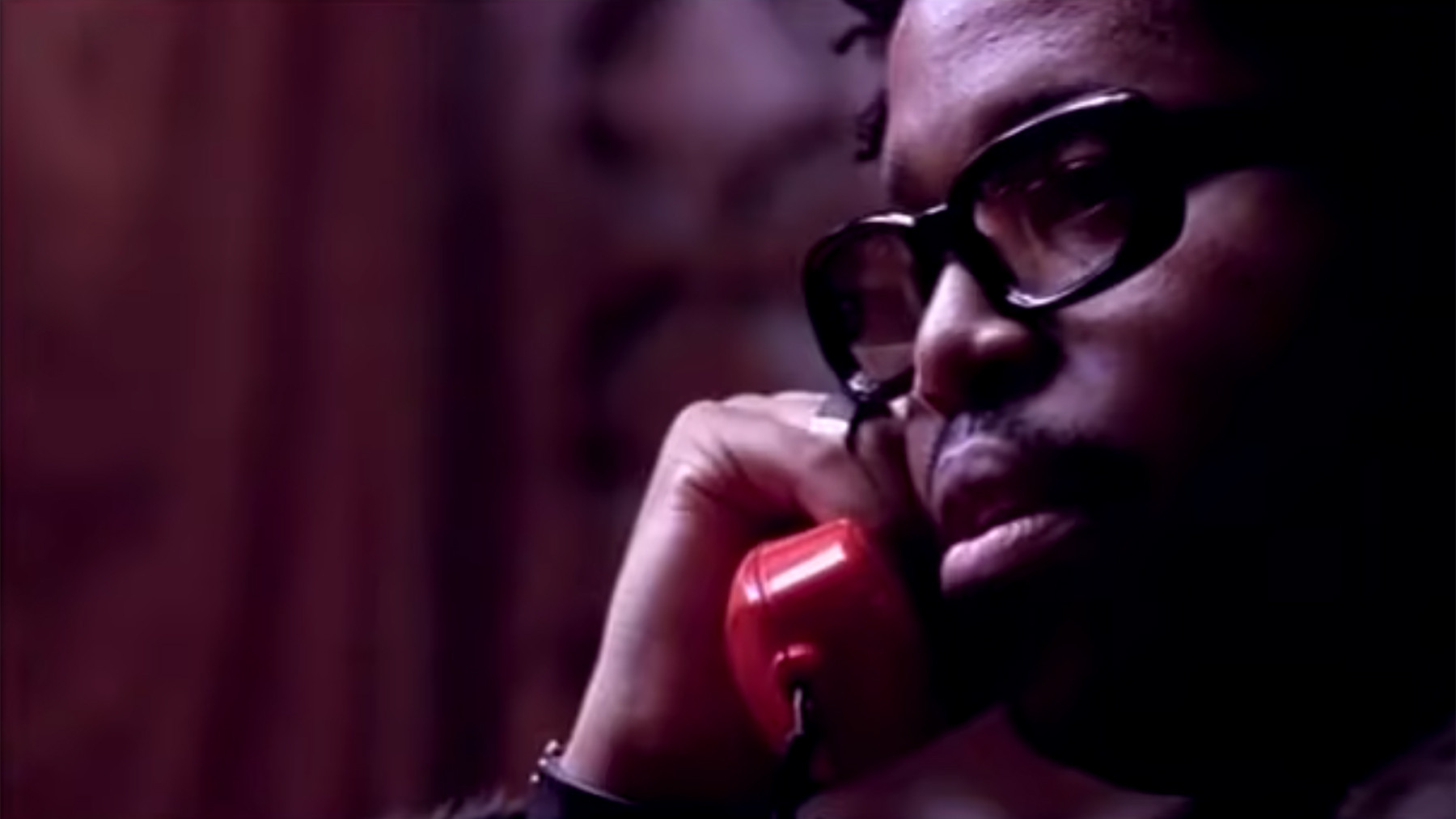 Felix Da Housecat DJing, highlighting his electroclash era hit Silver Screen Shower Scene
Felix Da Housecat DJing, highlighting his electroclash era hit Silver Screen Shower Scene
Felix Stallings Jr., known as Felix da Housecat, is a Chicago house veteran. He co-created the acid house classic “Fantasy Girl” as Pierre’s Pfantasy Club with DJ Pierre in 1987 while still in high school. His career went global with the 2000 album Kittenz and Thee Glitz. This project featured international collaborators like Junior Sanchez, Tommie Sunshine, and Parisian vocalists Miss Kittin and Melistar, exploring themes of celebrity and artifice. “Silver Screen Shower Scene” became an instant anthem. Its lyrics and music critiquing celebrity culture seemed to define the electroclash era. Jacques Lu Cont’s “Thin White Duke Remix” further boosted its popularity among DJs. —M.M.
Dntel feat. Ben Gibbard, “(This Is) The Dream of Evan and Chan (Superpitcher Kompakt Remix)” (2001)
In 2000, Ben Gibbard of Death Cab for Cutie had a “weird dream” involving Evan Dando of the Lemonheads and Chan Marshall, a.k.a. Cat Power. He described it as “completely G-rated, not one of those inappropriate dreams, but it was bizarre – you know, in the same way you dream that you’re in your house but it’s not your house, your friend is there but he’s a merman.” He turned this dream into a song, collaborating with Dntel (Jimmy Tamborello) before forming Postal Service. Dntel set Gibbard’s vocals to energetic beats and synths. However, the Superpitcher remix, from the Kompakt label, amplified the dreamlike quality with hazy synths and echoing bells, capturing the lyrical essence. —M.M.
Patrick Cowley feat. Sylvester, ‘Do Ya Wanna Funk?’ (1982)
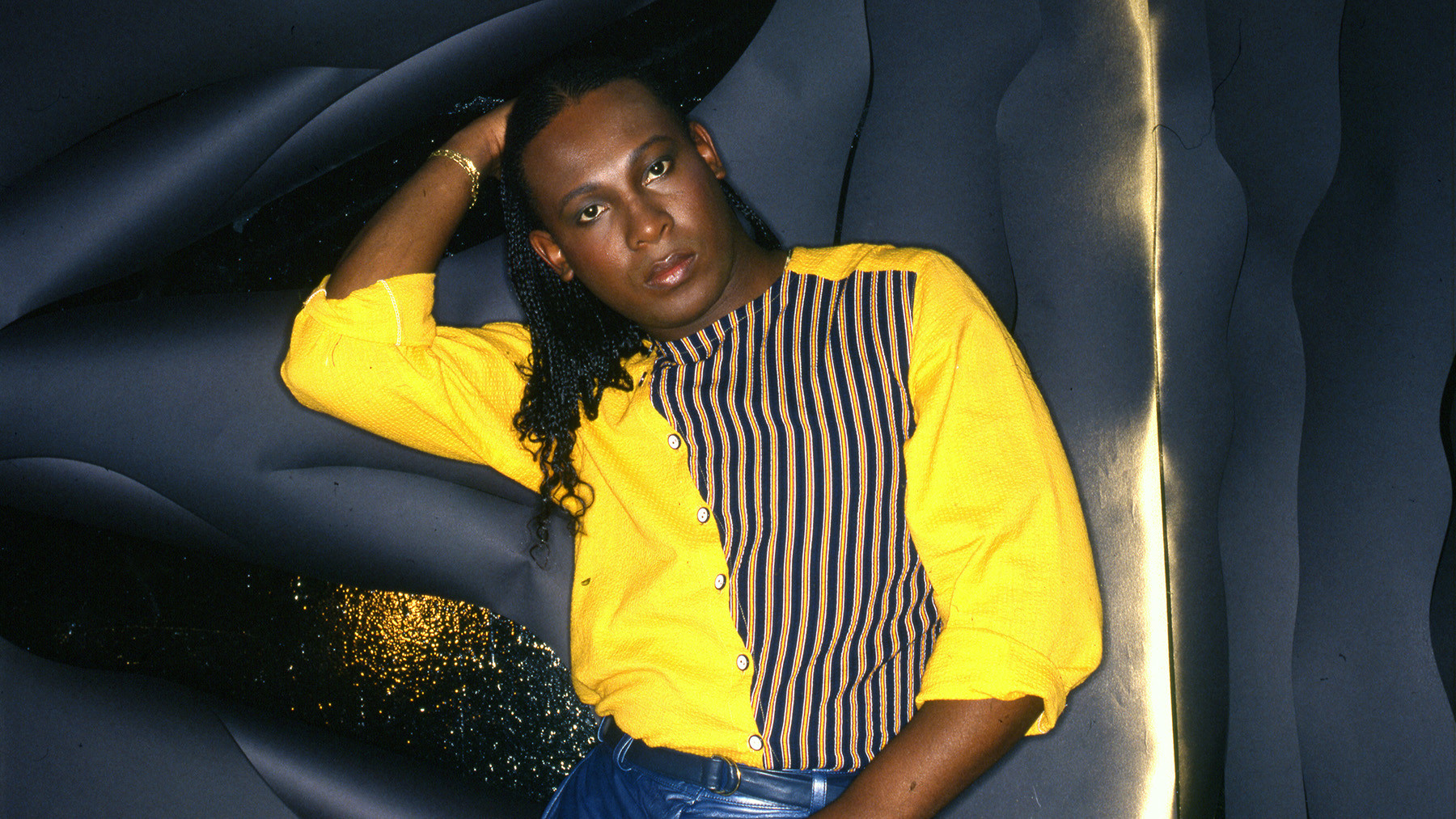 Portrait of Sylvester, disco icon who collaborated with Patrick Cowley on Do Ya Wanna Funk
Portrait of Sylvester, disco icon who collaborated with Patrick Cowley on Do Ya Wanna Funk
Image Credit: Getty Images
Patrick Cowley was a synth innovator who pioneered Hi-NRG, a gay club staple, through his solo work and collaborations with Sylvester. He also famously created a 16-minute extended version of Donna Summer’s “I Feel Love.” In late 1981, Cowley became ill and passed away a year later at 32, shortly after “AIDS” became an official term. During his final months, Cowley worked from his studio, propped up by pillows, to complete his vibrant tracks. “Do Ya Wanna Funk” stands as a landmark—with soaring synth riffs and Sylvester’s high-pitched vocals. It also featured in a memorable scene in the movie Trading Places. —M.M.
Funkadelic, ‘One Nation Under a Groove’ (1978)
![]() Funkadelic performing live, highlighting their banjo-led funk anthem One Nation Under a Groove
Funkadelic performing live, highlighting their banjo-led funk anthem One Nation Under a Groove
Image Credit: Redferns
“One Nation Under a Groove,” arguably the greatest funk track featuring banjo, has an irresistible groove that topped the R&B charts for six weeks in 1978. George Clinton assigned it to Funkadelic, known for guitar-driven rock, rather than Parliament, known for horn-heavy R&B, to give it weight. Clinton explained, “Parliament is smashing. But Funkadelic is the movement.” —M.M.
Evelyn Thomas, ‘High Energy’ (1984)
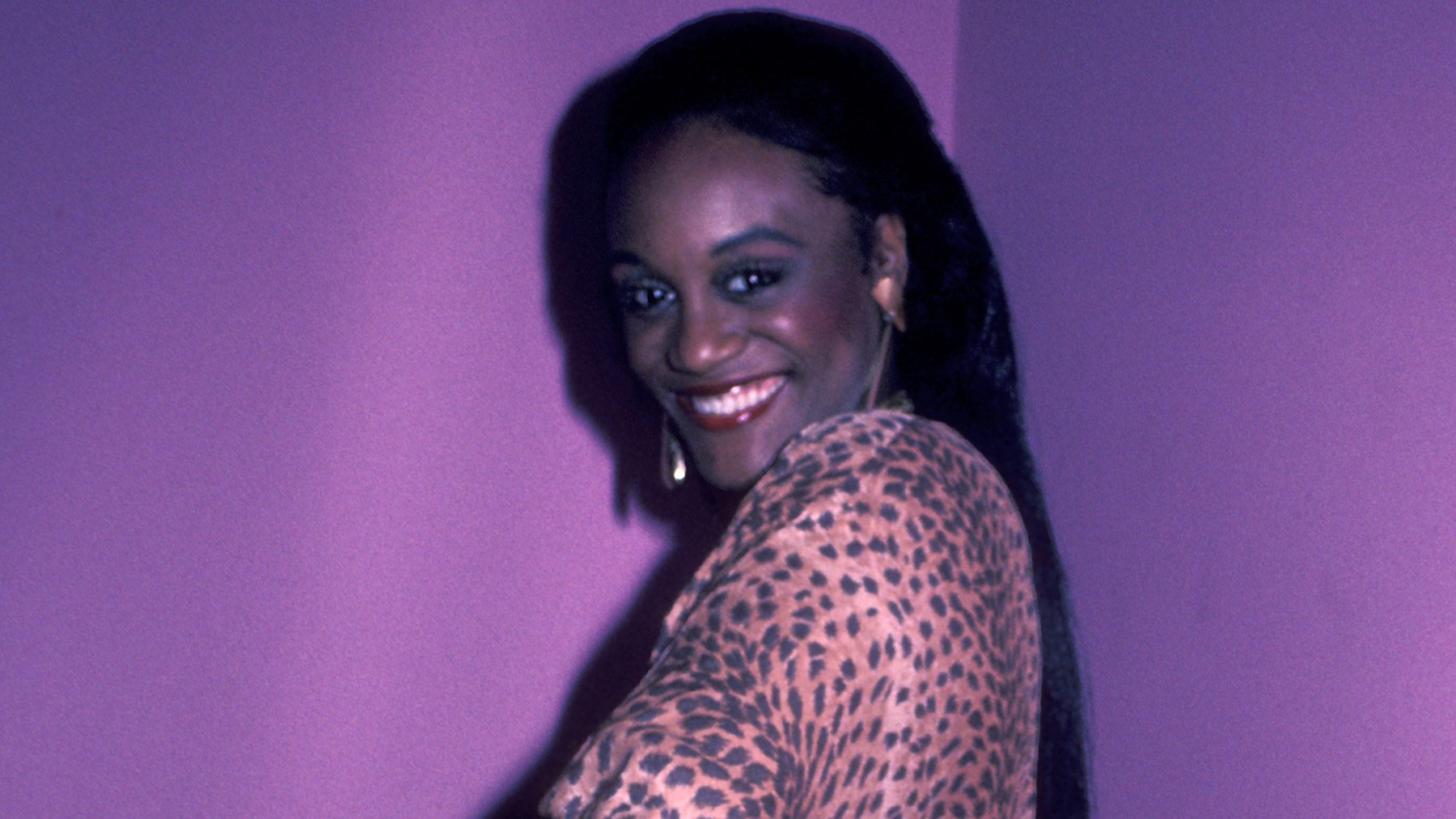 Evelyn Thomas at the Limelight Disco in New York City in 1984, associated with Hi-NRG
Evelyn Thomas at the Limelight Disco in New York City in 1984, associated with Hi-NRG
Image Credit: Ron Galella Collection via Getty
Released in 1984, “High Energy” gave the Hi-NRG genre its name. However, it wasn’t the first of its kind, even for its creators. Chicago singer Evelyn Thomas was signed by Manchester producer Ian Levine to Pye Records as a teenager in the mid-1970s. Levine, a Northern Soul DJ, transitioned to disco as synths became prominent. Smash Hits noted Levine “straddle[ed] both gay disco and old Motown — the two main Hi-NRG ingredients.” “High Energy,” bold, upbeat, and catchy, reached the UK Top Five and remains a dance floor classic, as demonstrated by The Blessed Madonna in her Bunker Podcast. —M.M.
Daft Punk feat. Pharrell Williams and Nile Rodgers, ‘Get Lucky’ (2013)
When Pharrell Williams met Daft Punk at a Madonna party, he expressed his desire to collaborate, even offering to “play a tambourine.” In Paris, he mentioned wanting to emulate Nile Rodgers, and Daft Punk played him a track they had created with Rodgers. Williams recorded his smooth vocals during that visit. He remarked, “You don’t need MDMA for this music, because it’s so incredibly vivid.” —M.M.
Mat Zo and Porter Robinson, ‘Easy’ (2013)
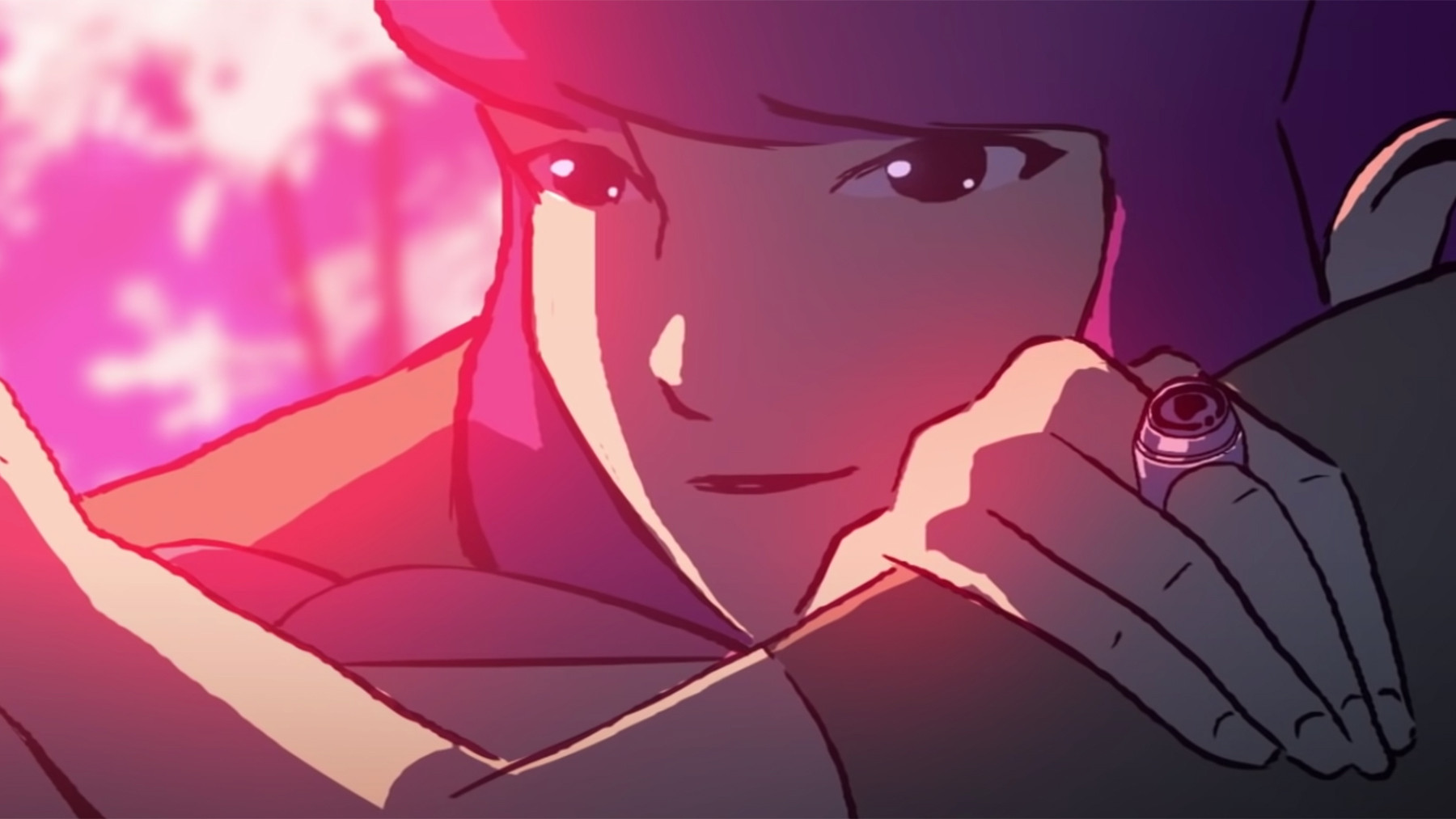 Mat Zo and Porter Robinson, collaborators on the Daft Punk inspired track Easy
Mat Zo and Porter Robinson, collaborators on the Daft Punk inspired track Easy
Porter Robinson described his collaboration with Mat Zo, “Easy,” in 2013 as “an homage to Daft Punk’s Discovery.” He added, “It takes the disco chords of all of the early French stuff and gives it a louder, more trance-inspired feel.” It’s a skillful update, both sparkling and classic. The main synth line evokes a Theremin and a Moog, and the vocal sample from Colourblind’s “Nothing Better” adds emotional depth often missing in stadium EDM of that era. —M.M.
Justice vs. Simian, “We Are Your Friends” (2006)
Image Credit: FilmMagic
In 2003, Parisian musicians Gaspard Augé and Xavier de Rosnay (Justice) entered a remix contest for Simian’s “Never Be Alone.” De Rosnay told The New York Times, “You could download the separate tracks: guitar, drums, and other things. But we were working without music software: just a sampler, a sequencer, and a synthesizer. So we downloaded just the voice on the chorus, because there was not space enough for more than eight seconds of sound on our sampler.” The result was a raw, energetic track that bridged electroclash and EDM. Retitled “We Are Your Friends,” it became a hit in 2006, launching Justice’s career and inspiring Simian to reinvent themselves as Simian Mobile Disco. —M.M.
Martin Garrix, ‘Animals’ (2013)
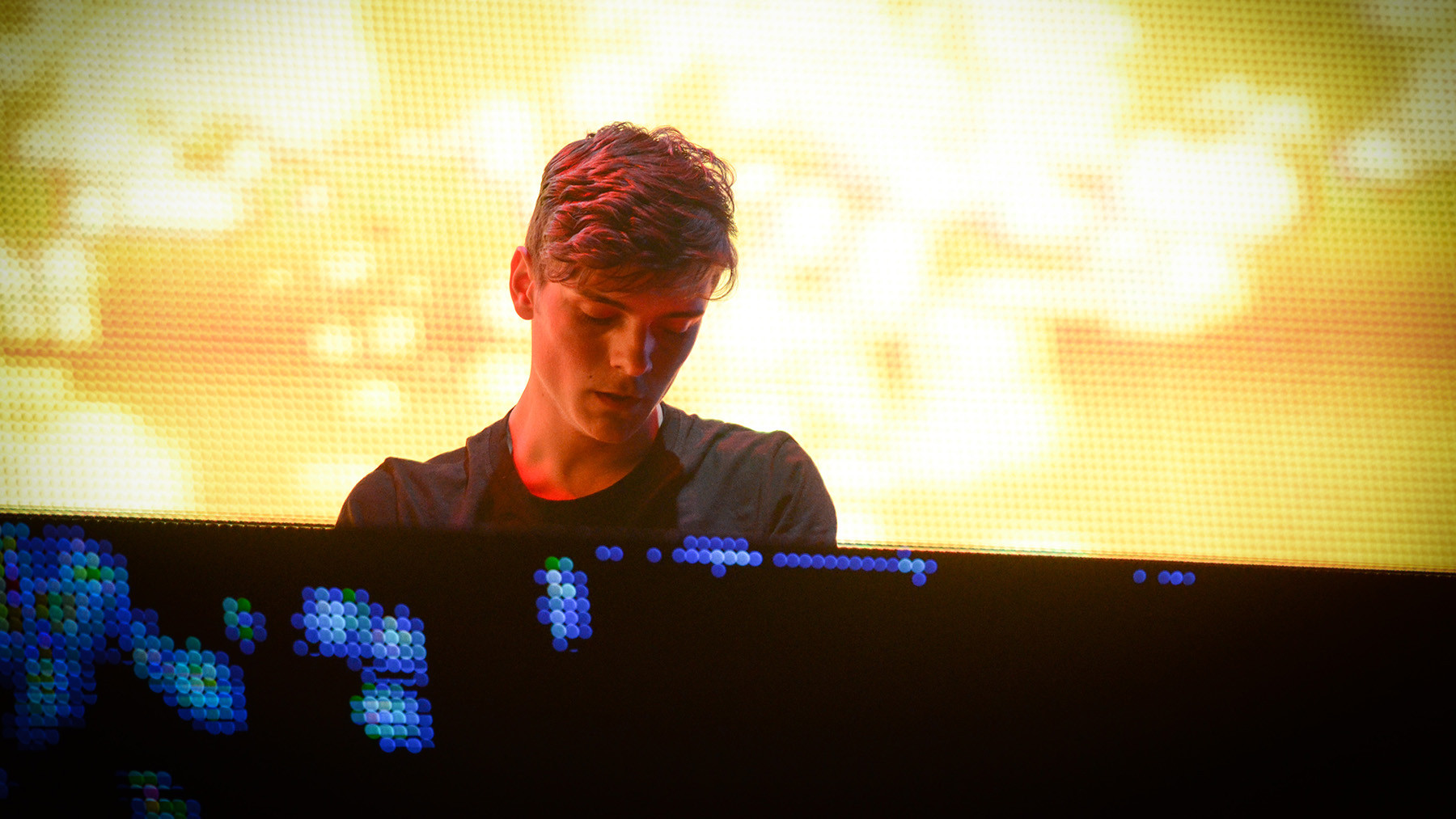 Martin Garrix performing at Coachella, associated with his breakout hit Animals
Martin Garrix performing at Coachella, associated with his breakout hit Animals
Image Credit: Scott Roth/Invision/AP
Dance music often favors youth, and the early 2010s EDM boom exemplified this. Martin Garrix’s “Animals,” built around a catchy synth riff, became a global hit when the Dutch artist was only 18. Its wordless, chantable melody led to widespread popularity. Garrix later recalled, “At first, people in the industry assumed I didn’t make my own shit. So I would do livestreams and production tutorials on the internet to get rid of that stigma.” —M.M.
Debbie Deb, ‘Lookout Weekend’ (1984)
Miami production pioneer Pretty Tony claimed to have coined the term “freestyle music” around the group Freestyle. His vibrant tracks bridged the sound between KC and the Sunshine Band and 2 Live Crew. “Lookout Weekend,” his second single with Debbie Weshoff Lopez, whom he discovered working in a record store, was freestyle at its peak. Like its predecessor, “When I Hear Music,” “Weekend” achieved triple platinum status. Tony responded by buying “two Porsches.” —M.M.
Tate Kobang, ‘Bank Rolls’ (2015)
 Tate Kobang performing in Austin, Texas, known for his Baltimore club remix Bank Rolls
Tate Kobang performing in Austin, Texas, known for his Baltimore club remix Bank Rolls
Image Credit: Redferns
Tate Kobang’s “Bank Rolls (Remix),” built on a sample of Tim Trees’ Baltimore club track “Bank Roll,” is a tribute to Baltimore’s spirit and energy. In his final verse, he acknowledges K-Swift, a key figure in bringing Baltimore club music to a wider audience before her passing in 2008. Kobang stated, “She was just one of those bodies in our culture that was like, ‘She ain’t never going anywhere.’” Like K-Swift’s legacy, “Bank Rolls (Remix)” introduced Baltimore’s underground sound to a new audience. —C.S.
Soft Cell, ‘Tainted Love/Where Did Our Love Go?’ (1981)
Image Credit: Redferns
Marc Almond of Soft Cell explained their shared appreciation with David Ball for “Northern soul, Sixties music, and the 12-inch record.” They combined these elements into a hit. Their synth-pop version of Gloria Jones’ “Tainted Love” was successful on its own. For the extended version, they blended it with The Supremes’ “Where Did Our Love Go?” Almond said, “It was originally just going to include a few bars of ‘Where Did Our Love Go?’ but we like the way it turned out and included the whole song.” This nine-minute medley, a New Wave disco classic, has captivated dance floors ever since. —M.M.
The Orb, ‘Little Fluffy Clouds’ (1990)
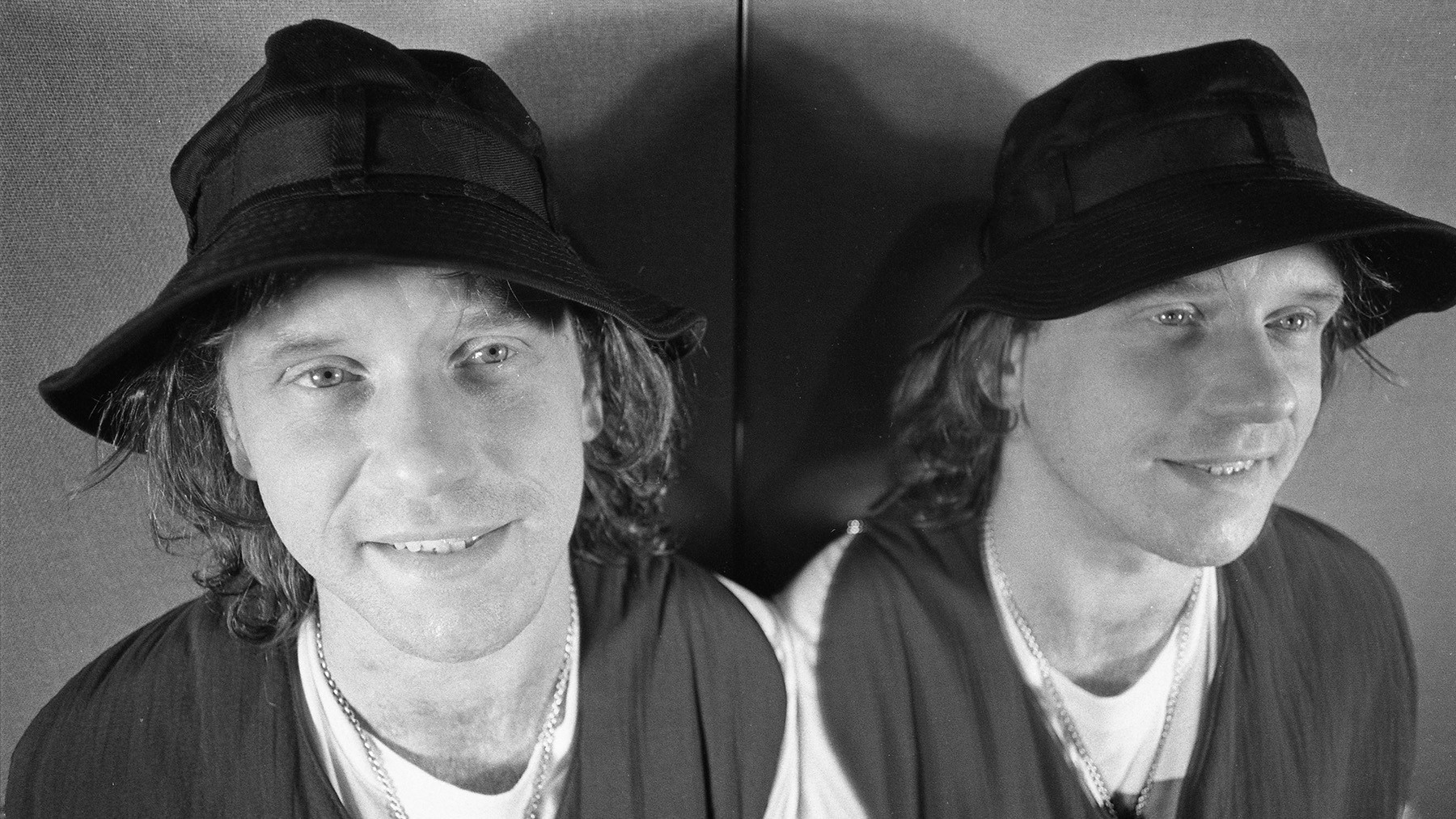 Alex Paterson of The Orb, pioneer of ambient house with Little Fluffy Clouds
Alex Paterson of The Orb, pioneer of ambient house with Little Fluffy Clouds
Image Credit: Getty Images
Alex Paterson of The Orb received a tape from a friend with a note: “This might be a good idea for a new Orb single.” Side A contained an interview with Rickie Lee Jones describing Arizona skies: “The most beautiful skies, as a matter of fact … purple and yellow and red and on fire.” Side B featured Steve Reich’s Electric Counterpoint. Paterson combined them to create “Little Fluffy Clouds,” a defining track of the acid-house era. Reich was pleased with the result, Paterson noted, “Suddenly, it was being played to the masses, and they were loving it.” —M.M.
Polygon Window, ‘Quoth’ (1993)
Richard D. James, known as Aphex Twin, is often associated with less dance-oriented electronic music. However, in the early 1990s, he produced rave anthems. “Quoth,” released as Polygon Window, is a prime example. A percussion-heavy track, it was particularly popular among Midwesterners in the US, who embraced it at rave parties. —M.M.
Skream, ‘Midnight Request Line’ (2005)
 Skream DJing at Fabric Nightclub in London, associated with his dubstep hit Midnight Request Line
Skream DJing at Fabric Nightclub in London, associated with his dubstep hit Midnight Request Line
Image Credit: Universal Images Group via Getty
Shortly after releasing “Midnight Request Line,” London dubstep producer Skream recalled, “I was on a boys’ holiday with my friends. They had a DJ Magazine or a Mixmag rack up on a shelf … I looked at it, and I had Record of the Month. I was like, ‘Shit, I need to get home.’” The track, with its synth melody, smooth bass, and heavy claps, propelled Skream and dubstep into the mainstream. –M.M.
Paul Johnson, ‘Feel My M.F. Bass’ (1994)
“Ghetto house” was house music’s equivalent to gangsta rap, a raw, sample-based style from 1990s Chicago producers, particularly on the Dance Mania label. Paul Johnson was a leading figure, creating unconventional tracks with unique flair and dreamy voice-overs in his DJ mixes. His iconic track, “Feel My M.F. Bass,” features a powerful kick drum and Johnson’s provocative vocals, “Feel my motherfuckin’ bass in your face.” The track became a defining example of ghetto house. Johnson passed away from Covid in August 2021. —M.M.
Ten City, ‘That’s the Way Love Is’ (1989)
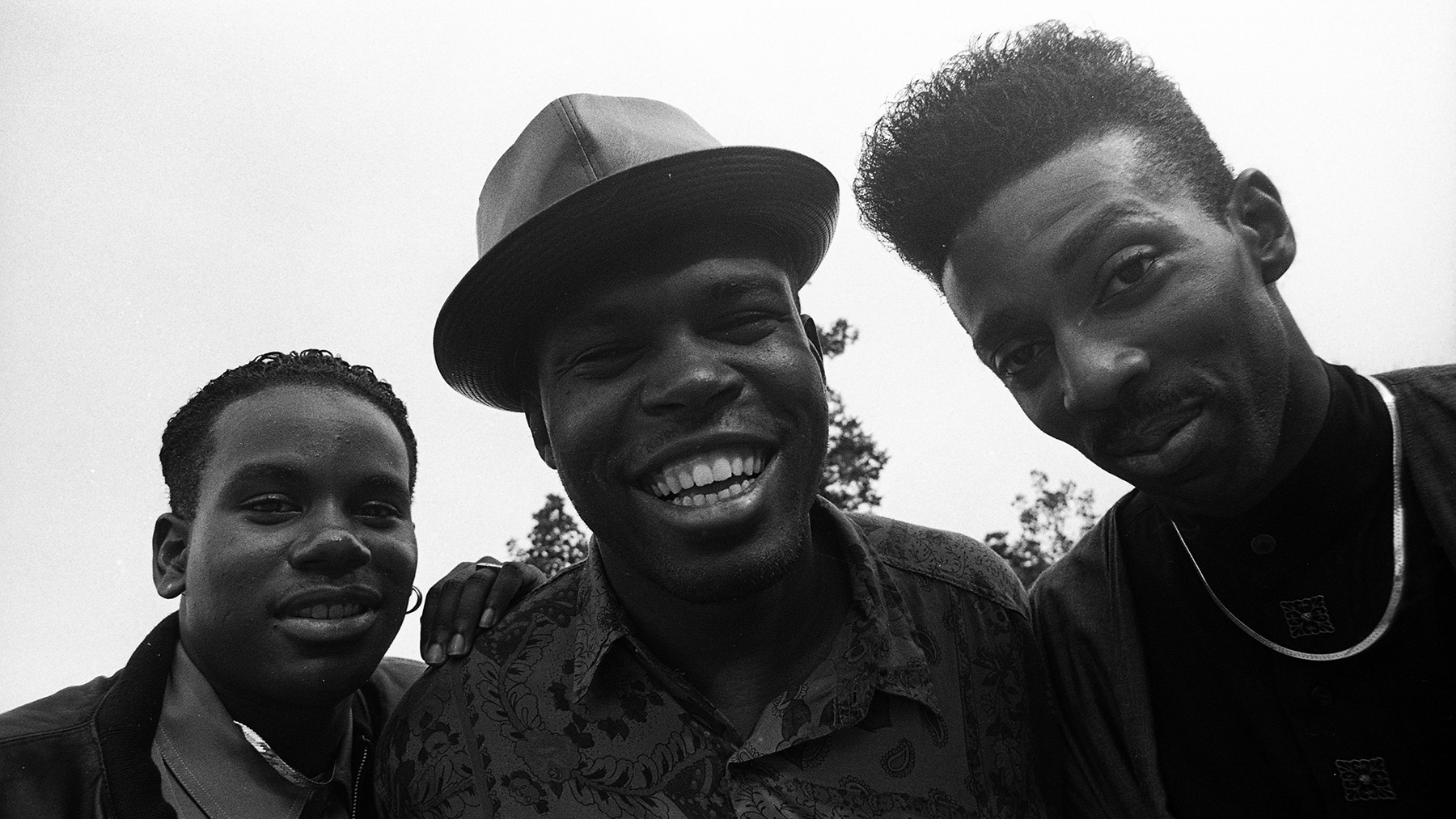 Ten City group portrait in London, known for their soulful house track That's the Way Love Is
Ten City group portrait in London, known for their soulful house track That's the Way Love Is
Image Credit: Getty Images
Marshall Jefferson, producer of Chicago house vocal trio Ten City, stated, “When Ten City started, I think we were both at a point where we wanted to expand the genre by writing proper songs while at the same time doing more abstract things.” “That’s the Way Love Is,” their third single, epitomized their style – Philly-soul strings, romantic lyrics, and Byron Stingily’s high-pitched vocals. It reached the UK Top 10 and topped the Billboard dance chart. Jefferson added, “people in South Africa have told us stories of how that song represents liberation for them.” —M.M.
Nitzer Ebb, ‘Join in the Chant’ (1987)
Image Credit: Getty Images
Nitzer Ebb, an industrial group from England, developed their danceable sound organically. Frontman Douglas McCarthy explained to The Guardian, “The clubs we knew were disco and funk. It’s in the DNA of the area.” Their anthem, “Join in the Chant,” was a perfect techno crossover, especially in Detroit where artists like Carl Craig and Jeff Mills had explored industrial music. Richie Hawtin included “Chant” in his influential 1999 mix CD Decks, EFX & 909, and Andrew Weatherall once described listening to it as feeling “closest to God.” —M.M.
Bronski Beat, ‘Smalltown Boy’ (1984)
 Bronski Beat in a promotional shot, highlighting their anthem Smalltown Boy
Bronski Beat in a promotional shot, highlighting their anthem Smalltown Boy
Bronski Beat’s Jimi Somerville joked that his vocal training consisted of singing along to Donna Summer and Sylvester records. “I wanted a lot more out of life than working in a paint factory and having to accept that being gay was a nighttime occupation only,” he said. “I just had had enough of the abuse and the heartache.” He channeled this emotion into “Smalltown Boy,” a poignant song about alienation and escape. Its memorable vocal hook (“Run away, run away, run away”) and synth arrangement quickly made it a gay club anthem, reaching Number One on the Billboard club chart and the UK Top Three. —M.M.
LFO, ‘LFO (Leeds Warehouse Mix)’ (1990)
Image Credit: PYMCA/Universal Images Group/Getty Images
LFO were pioneers of Sheffield’s “bleep” scene, the early sound of Warp Records, characterized by bleeping sounds. However, Warp’s Steve Beckett clarified, “it had nothing to do with the bleeps for the people making it—for them it was all about the bass.” Their self-titled track, “LFO,” which got them signed, features icy synths and bleeps setting up layers of bass. The bassline is designed to move you physically, while the sub-bass can create a powerful impact. —M.M.
Drake, ‘Sticky’ (2022)
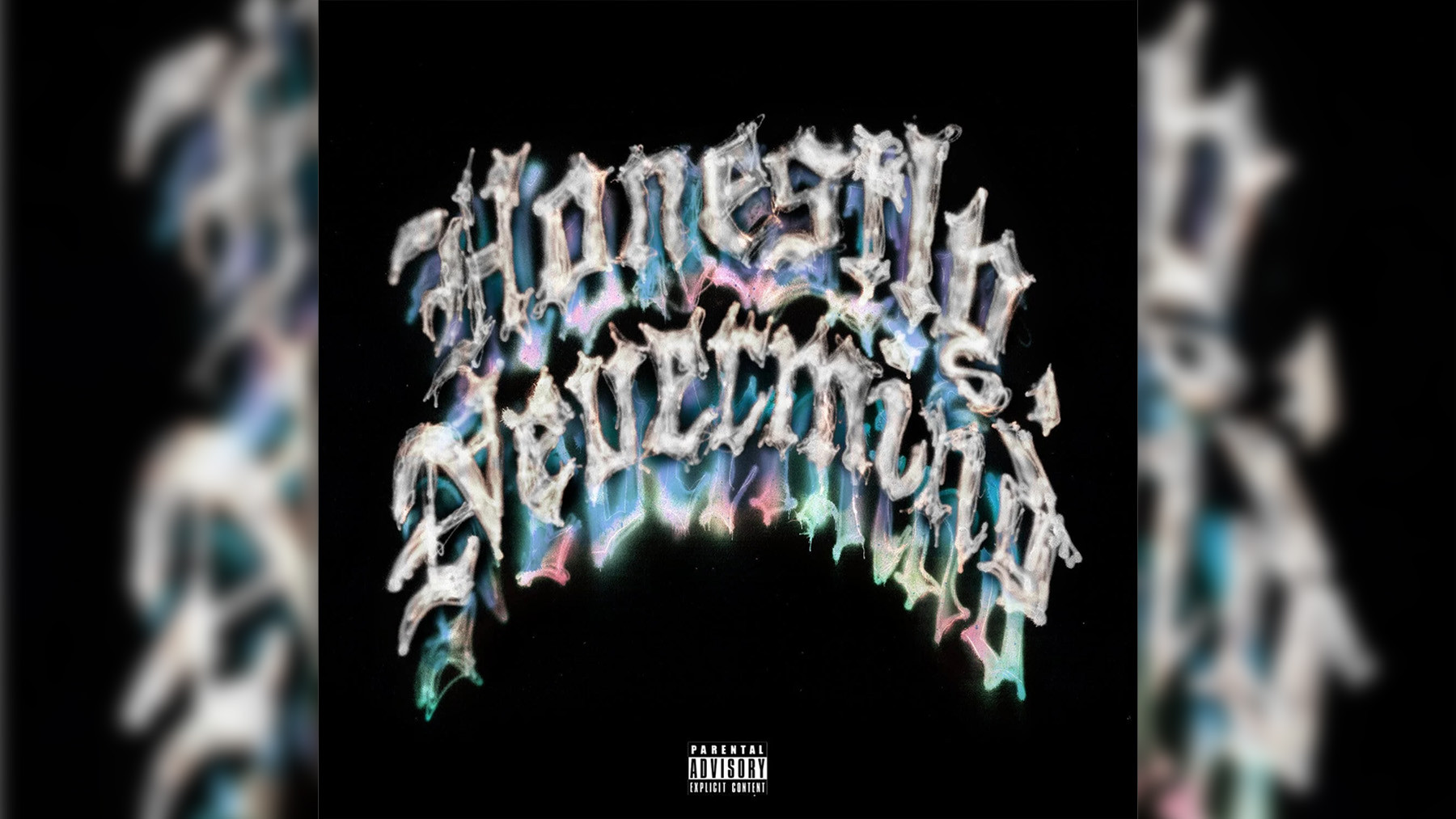 Drake in a promotional image for Honestly, Nevermind, featuring the track Sticky
Drake in a promotional image for Honestly, Nevermind, featuring the track Sticky
Drake’s dance music exploration, Honestly, Nevermind, is intentionally understated, drawing from Jersey and Baltimore club music and deep-house styles. “Sticky,” produced by Gordo and Ry X, is a standout track. Drake shifts from his usual low-key vocals to rapping about personal topics, including Young Thug’s release from jail and Virgil Abloh’s passing. It exemplifies a superstar engaging with a subculture and enhancing his own sound. —J.D.
Roland Clark, ‘I Get Deep (Shelter Mix)’ (2000)
Roland Clark’s love for house music began at Club Zanzibar in Newark, New Jersey, where Tony Humphries was a resident DJ. “I Get Deep” expresses this passion. Over rhythmic beats and a keyboard melody, Clark delivers a monologue capturing the intense experience of dancing: “All the sweat just goes down my face/And I pretend that there’s nobody there but me in this place.” The a cappella version was included on the 12-inch and later sampled by Fatboy Slim. —M.M.
Aly-Us, ‘Follow Me’ (1992)
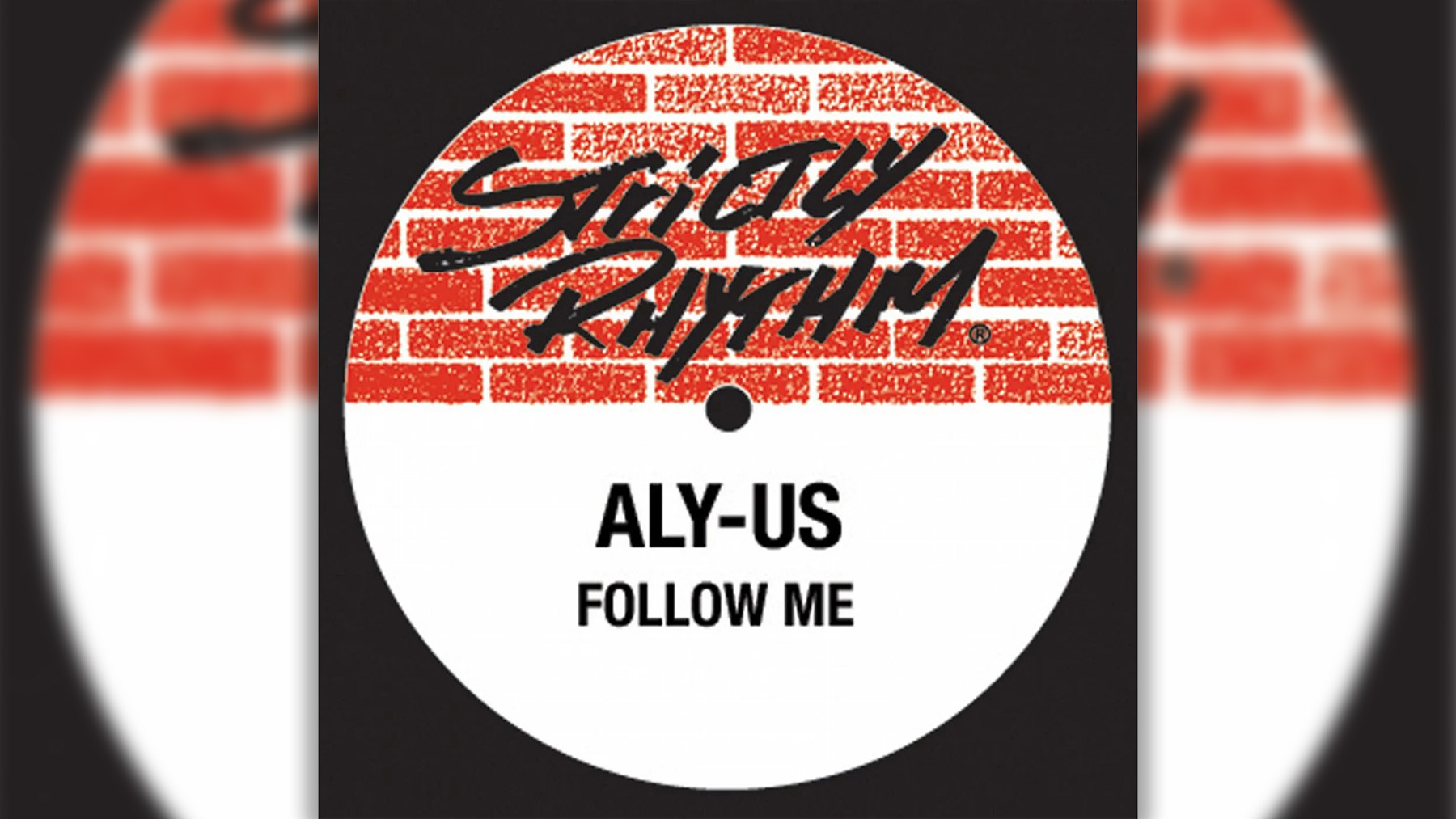 Aly-Us in a promotional shot, associated with their uplifting house anthem Follow Me
Aly-Us in a promotional shot, associated with their uplifting house anthem Follow Me
Early house music often had a raw, imperfect quality that was part of its appeal. This is true of “Follow Me,” an uplifting, gospel-inspired track (“We must stop fighting/To achieve the peace”) by a New Jersey trio recorded in a basement studio. Its lo-fi production and slightly sharp vocals enhance the song’s urgency and emotional impact. —M.M.
George McCrae, ‘Rock Your Baby’ (1974)
Image Credit: Redferns
In 1974, two songs that originated in clubs reached Number One on the Billboard Hot 100: Hues Corporation’s “Rock the Boat” and George McCrae’s “Rock Your Baby.” These were the first disco hits. The instrumental track for “Rock Your Baby” was created by Henry Wayne Casey, Richard Finch, and Jerome Smith. McCrae was added because he was at TK Records. He recalled, “I think they gave me ‘Rock Your Baby’ to get me out of their hair.” After the song’s success, Casey, Finch, and Smith formed KC and the Sunshine Band. —M.M.
El General, ‘Perezosa’ (1995)
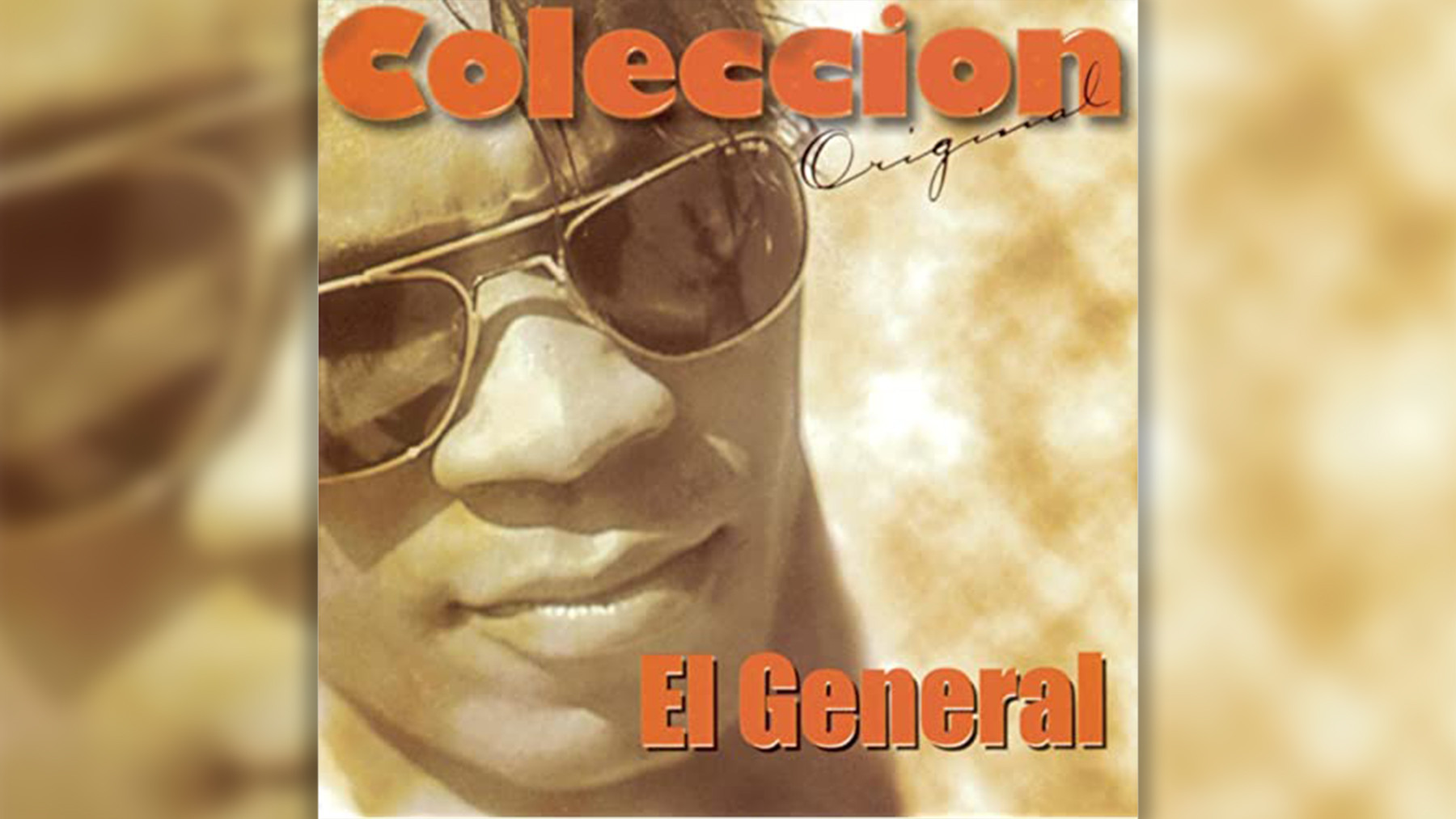 El General performing live, a pioneer of reggaeton and Latin dance music with Perezosa
El General performing live, a pioneer of reggaeton and Latin dance music with Perezosa
El General, a Panamanian artist, established the foundation for reggaeton by creating international hits using reggae rhythms in the 1980s and 1990s. He was also highly experimental and influenced club music broadly. “Perezosa,” from his album Club 555, is an example of his range, a powerful dance anthem with electronic sounds capturing the energy of Latin American parties. —J.L.
Tom and Jerry, ‘Maximum Style’ (1994)
Image Credit: Naki/Redferns/Getty Images
4Hero, consisting of Marc Mac and Dego MacFarlane, are drum and bass veterans, consistently producing hits from early UK hardcore to neo-fusion, sometimes under aliases like Tom and Jerry. Tom and Jerry is credited with “Maximum Style,” released as jungle music gained popularity in the UK. This smooth track with a captivating guitar melody and cartoon sound effects maintains a playful vibe while delivering a serious groove. —M.M.
LCD Soundsystem, ‘Losing My Edge’ (2002)
 LCD Soundsystem performing in New York City in 2002, known for their dance-punk anthem Losing My Edge
LCD Soundsystem performing in New York City in 2002, known for their dance-punk anthem Losing My Edge
Image Credit: Redferns
James Murphy’s debut single for LCD Soundsystem, “Losing My Edge,” is both a dance track and a comedic commentary, sparking the New York dance-punk scene in the early 2000s. Murphy portrays an aging hipster humorously confronting his fading relevance as younger artists emerge, even though he “was there, at the first Can show in Cologne” and was the first “to play Daft Punk to the rock kids.” “Losing My Edge” is both funny and danceable, and its feeling of missing out resonates universally. —J.D.
Shakira, ‘Ojos Asi (Thunder Mix)’ (1999)
Image Credit: ASSOCIATED PRESS
Pablo Flores is a significant but often unacknowledged figure in Latin pop. The Puerto Rican DJ worked with major artists associated with Emilio Estefan, including Gloria Estefan and Ricky Martin. When he met Shakira, he and Javier Garza helped her create “Ojos Asi,” a forward-thinking song blending her Lebanese heritage and global Latin music trends. His extended remix amplified these elements with production that resonated on dance floors worldwide. —J.L.
Squarepusher, ‘My Red Hot Car’ (2001)
 Squarepusher performing live in Nottingham, UK, known for experimental dance track My Red Hot Car
Squarepusher performing live in Nottingham, UK, known for experimental dance track My Red Hot Car
Image Credit: Redferns via Getty Images
Tom Jenkinson, as Squarepusher, transformed drum and bass’s intensity into complex, experimental music in the mid-1990s, making it less danceable but intellectually engaging. He later admitted to becoming overly self-absorbed and wanting to create music more spontaneously. “My Red Hot Car” features cut-up vocals and glitchy production, but it is not purely abstract. Its intricate elements and moments of space create a compelling groove, driven by Jenkinson’s dynamic bassline, appealing to adventurous DJs. —M.M.
Moloko, ‘Sing It Back (Boris Musical Mix)’ (1997)
Image Credit: Getty Images
Moloko’s 1998 single “Sing It Back,” featuring Róisín Murphy’s vocals described by Mark Brydon as “Peggy Lee on mescaline,” was atmospheric and downtempo but initially unsuccessful. Boris Dlugosch’s remix, a house track inspired by Chic, with a catchy rhythm guitar and playful bassline, changed its fate. This remix reached the UK Top Five and launched Murphy’s successful and dance-oriented solo career. —M.M.
The Human League, ‘Don’t You Want Me’ (1981)
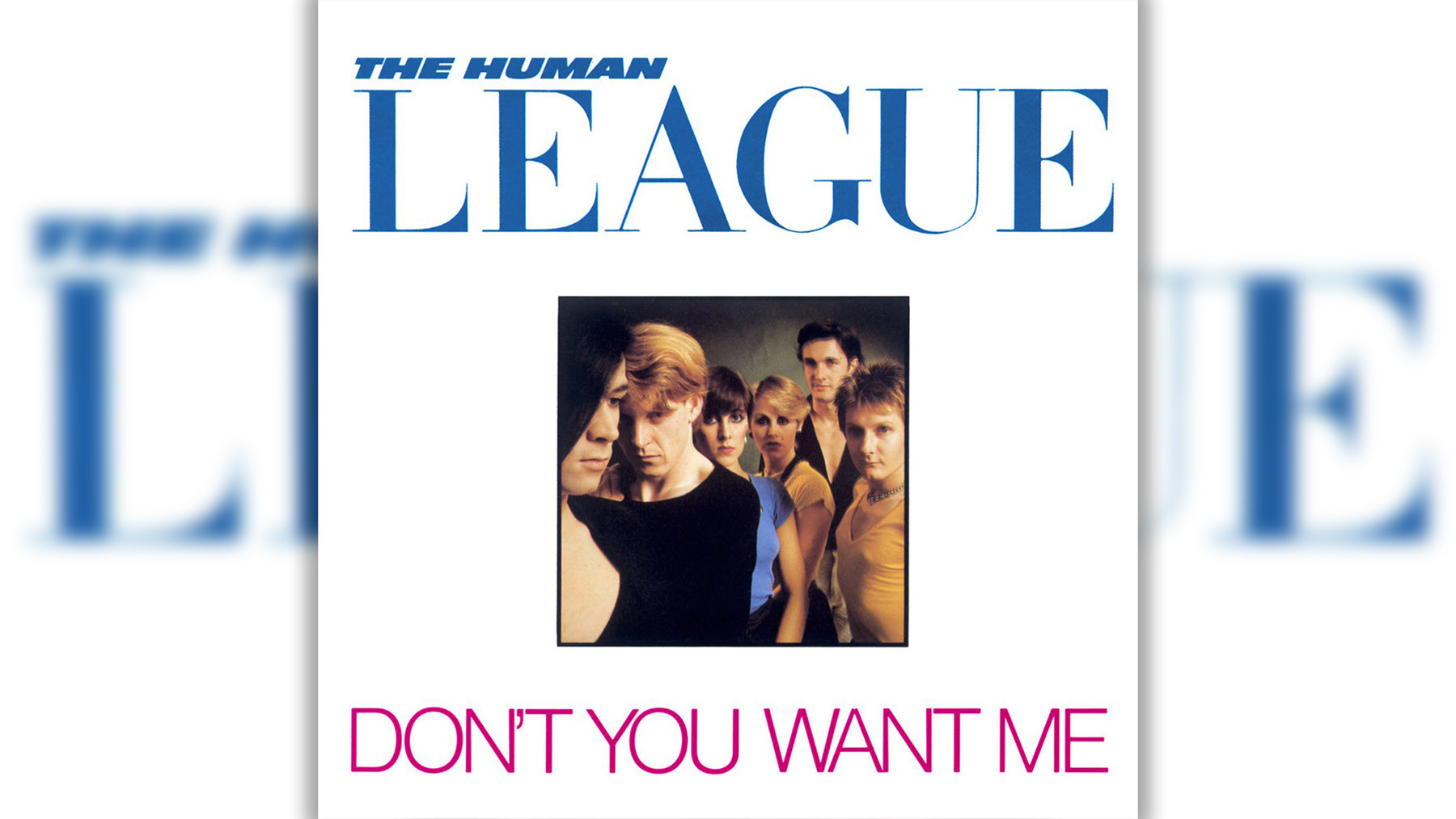 The Human League in a promotional shot for Don't You Want Me, a synth-pop dance hit
The Human League in a promotional shot for Don't You Want Me, a synth-pop dance hit
Human League keyboardist Jo Callis described the lyrical concept behind “Don’t You Want Me,” co-written by Callis and Phil Oakey: “Phil [Oakey] had this idea lyrically for this song: a story in the song which is very much A Star Is Born [and] My Fair Lady—the impresario who takes an everyday person and transforms her into a superstar that outshines himself.” Despite initial mixed reactions within the group, its call-and-response structure and memorable riff were undeniably catchy. The song became their first Number One hit in both the UK and US, and a Top Three hit on the Billboard Dance Club chart, marking a key moment in the crossover of UK synth-pop, club music, and mainstream pop. —M.M.

